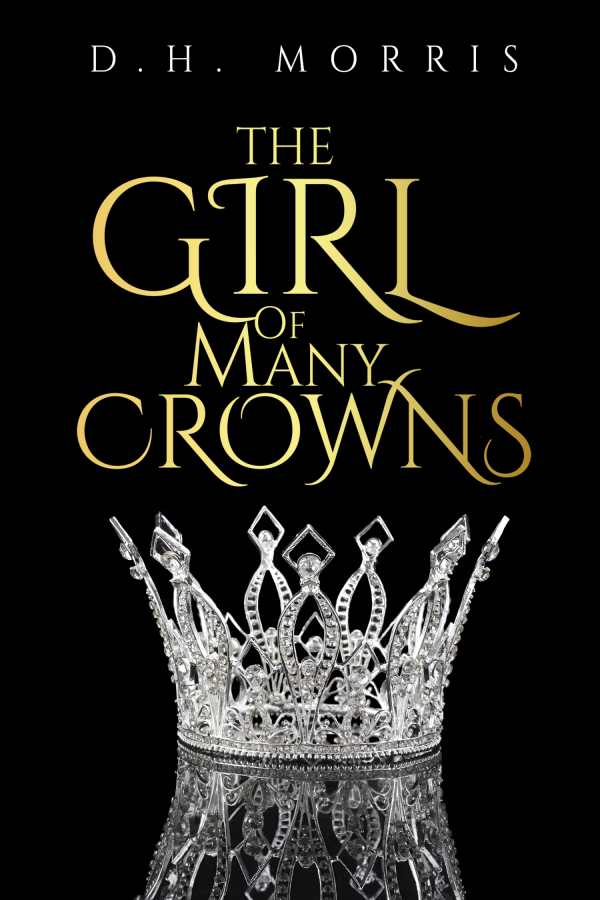
The Girl of Many Crowns
Historical tensions are vivified in the novel The Girl of Many Crowns, in which a noblewoman fights for self-determination.
D. H. Morris’s historical novel The Girl of Many Crowns covers seven years in the life of Judith of Francia.
Judith always knew that she was meant for an arranged marriage. When her father, King Charles, decides to offer her hand to King Æthelwulf of Wessex before she turns twelve, he accepts. Two marriages of convenience later, Judith is determined not to marry again, to her father’s fury. But when Judith falls in love with Baldwin Iron Arm, warrior and companion to her brother Louis, the stakes increase.
While Judith is praised for her fortitude and Baldwin for his bravery, the characterizations are complex, and people’s positive and negative traits both feature in. Even those who stand in opposition to Judith’s desires are constructed in a layered manner. Further, Judith, Louis, and Charles experience considerable evolution in the face of their significant hardships, including an abusive marriage and the dangers of political maneuvers. They harden, but they also become more prepared to make decisions for themselves—steeling them to face King Charles’s wrath.
In this slice-of-history text, worldbuilding is achieved via multiple points of view, including those of Baldwin and King Charles, who reveal multiple ways of living in the ninth century CE. There are attentive details that reveal Christmas traditions and everyday meals, resulting in a thorough portrayal of the period. Intrigues and wars are in the book’s background at all times; often, they center the narrative.
However, people’s exchanges have an unnatural quality: while the characters’ discussions are often consequential, as when Judith’s mother tells her that she is to marry Æthelwulf and when Judith tells her father that she will not marry again, their individual voices are too similar, regardless of their ages or social standing. Judith’s younger brother, for example, is nine when the book begins, but his thoughts sound like those of a teenager or young adult.
Further, while the plot is fast-paced, the calm tone of the prose often belies its urgency, in particular when it comes to battles and wars. People’s thoughts and emotions are composed to the point that some relationships strain credulity too, including Judith’s relationship with Baldwin; although what they like about each other is never in doubt, their exchanges are often without passion. More dynamic is a suspenseful debate between King Æthelwulf and his son, and the account of Judith’s escape from the palace where she is imprisoned is also harrowing. The novel works toward a joyful ending, though one in which it is clear that not all of the cast’s troubles are at an end.
In the triumphant historical novel The Girl of Many Crowns, a princess fights for her right to live life on her own terms.
Reviewed by
Carolina Ciucci
Disclosure: This article is not an endorsement, but a review. The publisher of this book provided free copies of the book and paid a small fee to have their book reviewed by a professional reviewer. Foreword Reviews and Clarion Reviews make no guarantee that the publisher will receive a positive review. Foreword Magazine, Inc. is disclosing this in accordance with the Federal Trade Commission’s 16 CFR, Part 255.
